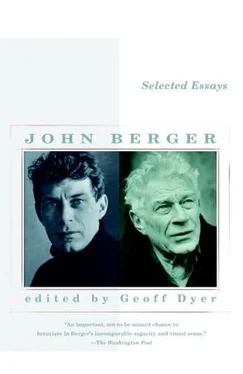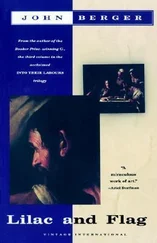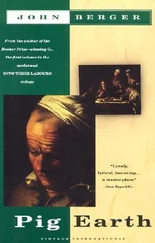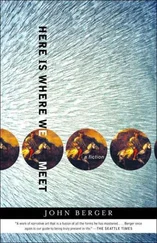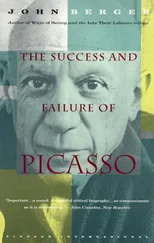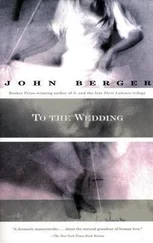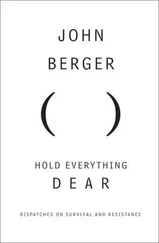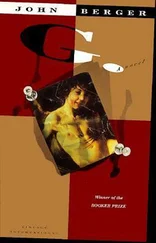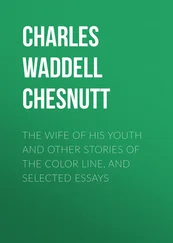1959
Millet’s holy humble peasants have been used to illustrate many moral lessons and have comforted many uneasy consciences: the consciences of those who have borne everything ‘with fortitude’, but who suspect themselves of perhaps having accepted too much too passively: also, the consciences of those who, living off the labour of others, have nevertheless always believed that in an indescribable sort of way (and God help those who describe it too explicitly) the labourer has a nobility which they themselves lack. And, above all, Millet’s pictures have been quoted to persuade the confined to count the blessings in their cells; they have been used as a kind of pictorial label round the great clerical bottle of Bromide prescribed to quieten every social fever and irritation. This is a more important part of the history of Millet’s art than the fact that highbrow fashion has ignored him for the last thirty or forty years. Otherwise what is important is that such artists as Degas, Monet, Van Gogh, Sickert, all accepted as a matter of course that he was a great draughtsman. In fact, Michelangelo, Poussin, Fragonard, Daumier, Degas, can all be cited in discussing his work — though it is only necessary to do so in order to convince the ‘art-loving’ public, misled by its textbooks, that Millet was not just a kind of John the Baptist forerunner of the Pre-Raphaelites or of Watts. But when that has been said, it is the moral issue which is the issue that Millet raises.
Millet was a moralist in the only way that a great artist can be: by the power of his identification with his subjects. He chose to paint peasants because he was one, and because — under a somewhat similar influence to the unpolitical realists today — he instinctively hated the false elegance of the beau monde. His genius was the result of the fact that, choosing to paint physical labour, he had the passionate, highly sensuous and sexual temperament that could lead him to intense physical identification. Sir Kenneth Clark makes much of the point that at the age of thirty-five he gave up painting nudes which were — but only in the mythology they employed — a little like eighteenth-century boudoir art. Yet there was no inhibited puritanism behind this decision. Millet objected to Boucher because ‘he did not paint nude women, but only little creatures undressed’.
As for the nature of Millet’s power of identification, this is clearly revealed in one of his remarks about a drawing by Michelangelo.
When I saw that drawing of his in which he depicts a man in a fainting fit — I felt like the subject of it, as though I were racked with pain. I suffered with the body, with the limbs, that I saw suffer.
In the same way he strode forward with The Sower , felt the weight of the hand on a lap even when it was obscured in shadow (see his etching of a Mother Feeding her Child ), embraced with the harvesters the trusses of hay, straightened his back with the hoers, clenched his leg to steady the log with the wood-cutters, leant his weight against the tree trunk with the shepherdess, sprawled at midday on the ground with the exhausted. This was the extent of his moral teaching. When he was accused of being a socialist, he denied it — although he continued to work in the same way and suffer the same accusation — because socialism seemed to him to have nothing to do with the truth he had experienced and expressed: the truth of the peasant driven by the seasons: the truth so dominating that it made it absolutely impossible for him to conceive of any other life for a peasant.
It is fatal for an artist’s moral sense to be in advance of his experience of reality. (Hogarth’s wasn’t; Greuze’s was.) Millet, without a trace of sentimentality, told the truth as he knew it: the passive acceptance of the couple in The Angelus was a small part of the truth. And the sentimentality and false morality afterwards foisted upon this picture will prove — perhaps already has proved — to be temporary. In the history of nineteenth- and twentieth-century art the same story is repeated again and again. The artist, isolated, knows that his maximum moral responsibility is to struggle to tell the truth; his struggle is on the near side, not the far, of drawing moral conclusions. The public, or certain sections of it, then draw moral conclusions to disguise the truth: the artist’s work is called immoral — Balzac, Zola: or is requisitioned for false preaching — Millet, Dostoevsky: or, if neither of these subterfuges work, it is dismissed as being naive — Shelley, Brecht.
1956
Because Courbet was a declared and incorruptible Socialist (he was of course imprisoned for the part he played in the Commune and at the end of his life was driven into exile in Switzerland), reactionary critics have pretended that his politics were nothing to do with his art — they couldn’t deny his art itself if only because of his important influence on later artists such as Manet and Cézanne; progressive critics, on the other hand, have tended to assume that his art is great as an automatic result of his political loyalty. So it is pertinent to ask exactly how his socialism was implied in his paintings, how his attitude to life was reflected in the innovations of his art.
First, though, it is necessary to clean off some of the mud that has stuck. Because Courbet was uncompromising in his convictions, because his work and his way of life ‘vulgarly’ proved that art was as relevant to the back-parlour, the workshop, the cell, as to the drawing-room, because his paintings never offered the slightest possibility of escape from the world as it was, he was officially rejected in his lifetime and has since been only grudgingly admitted. He has been accused of being bombastic. Look at his self-portrait in prison. He sits by the window quietly smoking his pipe, the invitation of the sunlight in the courtyard outside the only comment on his confinement. Or look at his copy of the Rembrandt self-portrait. He had the humility to impose that discipline on himself at the age of fifty. He has been accused of coarseness. Look at a Normandy seascape, in which the receding air between the empty sea and the low clouds holds firmly but with an extraordinary finesse all the mystery implied by the apparent fact and the actual illusion of an horizon. He has been charged with sentimentality. Look at his painting of the great hooked trout; its truth to the essential facts forces one to feel the weight of the fish, the power with which, struggling, his tail would slap the rocks, the cunning necessary to play him, the deliberation necessary to gaff him — he would be too large to net. Occasionally, of course, such criticisms are fair, yet no artist only paints masterpieces, and the work, say, of Constable (whom Courbet in his independent contribution to landscape painting somewhat resembled), Corot or Delacroix is just as unequal, but is far less frequently singled out for prejudiced attack.
But to return to the main problem: Courbet believed in the independence of the artist — he was the first painter to hold a one-man show. Yet to him this meant independence from art for art’s sake, from the prevailing Romantic view that the artist or his work were more important than the existence of the subject painted, and from the opposing Classic view that the inspiration of all art was absolute and timeless. He realized that the artist’s independence could only be productive if it meant his freedom to identify himself with his living subject, to feel that he belonged to it , never vice versa. For the painter as such that is the meaning of Materialism. Courbet expressed it in words — this indestructible relationship between human aspiration and actual fact — when he wrote, ‘Savoir pour pouvoir — telle fut ma pensée.’ But Courbet’s acknowledgment, with all the force of his imagination, of the actuality of the objects he painted, never deteriorated into naturalism: a thoughtless superficial goggling at appearances — a tripper’s view of a beauty spot, for instance. One does not just feel that every scene he painted looked like that but that it was known like that. His country landscapes were revolutionary in so far as they presented real places without suggesting any romantic antithesis with the city, but within them — not imposed upon them — one can also discover a sense of potential Arcadia: a local recognition that for playing children and courting couples such ordinary scenes might gather familiar magic. A magnificent nude in front of a window and landscape is an uncompromising portrayal of a woman undressed — subject to many of the same laws as the trout: but, at the same time, the picture evokes the shock of the unexpected loneliness of nudity: the personal shock that inspires lovers, expressed in another way in Giorgione’s Tempest. His portraits (the masterpieces of Jules Vallès, Van Wisselingh, The Hunter) are particular people; one can imagine how they will alter; one can imagine their clothes worn, ill-fitting, by somebody else; yet they share a common dignity because all are seen with the knowledge of the same man’s affection. The light plays on them kindly because all light is welcome that reveals the form of one’s friends.
Читать дальше
